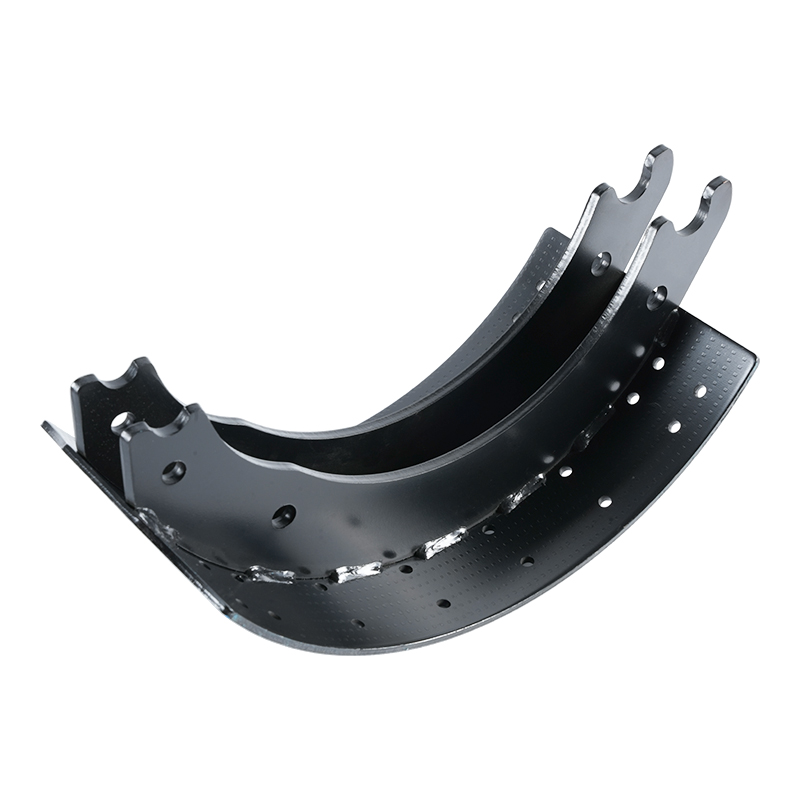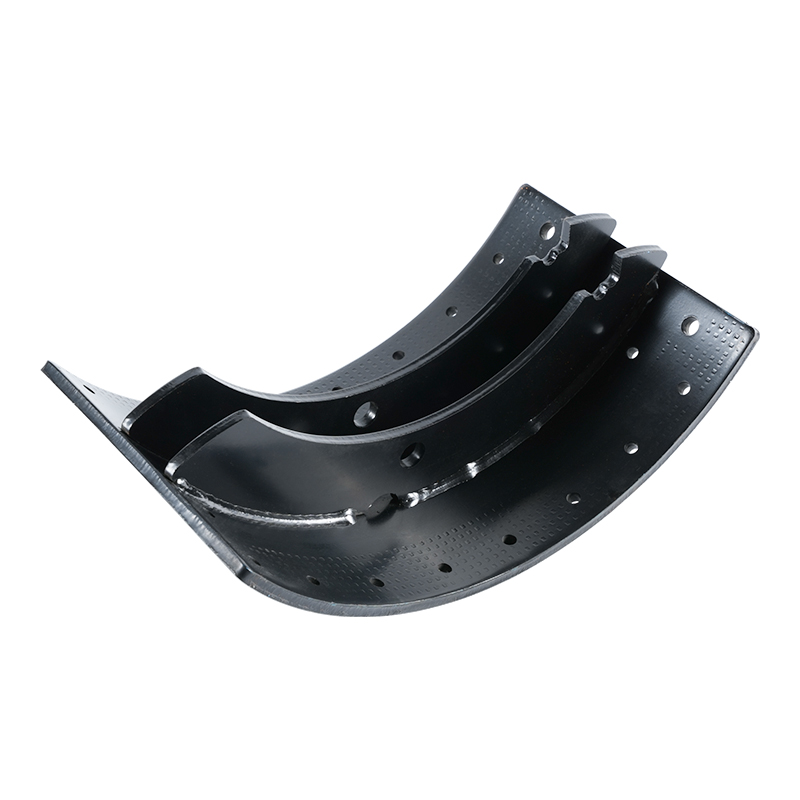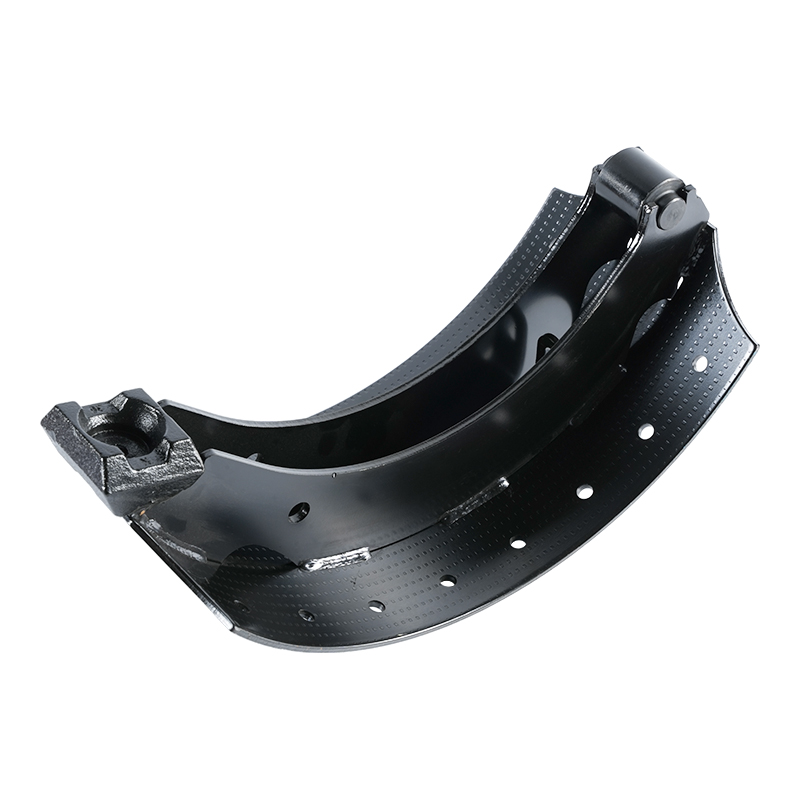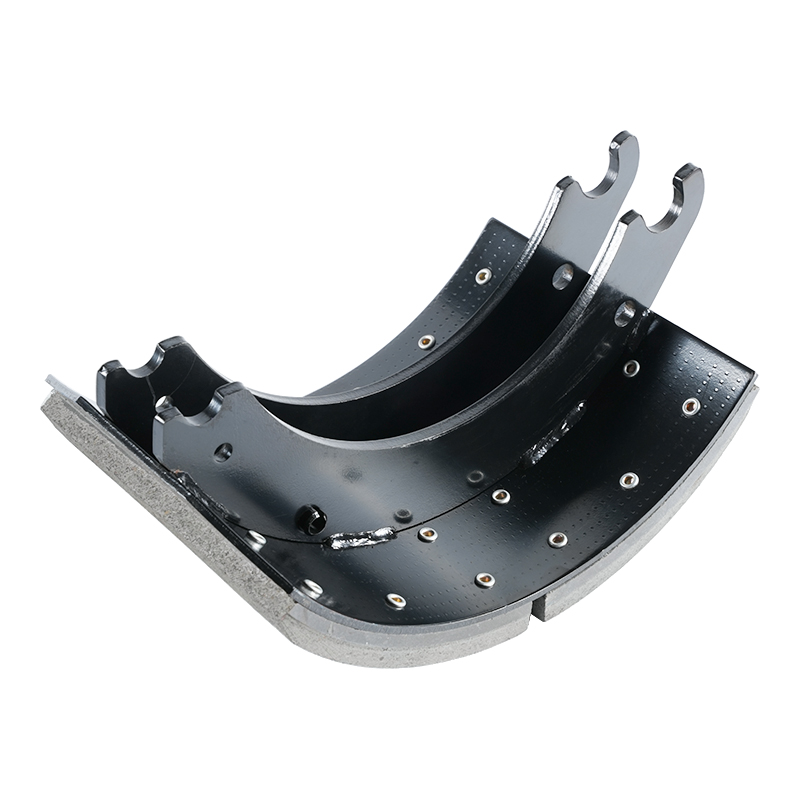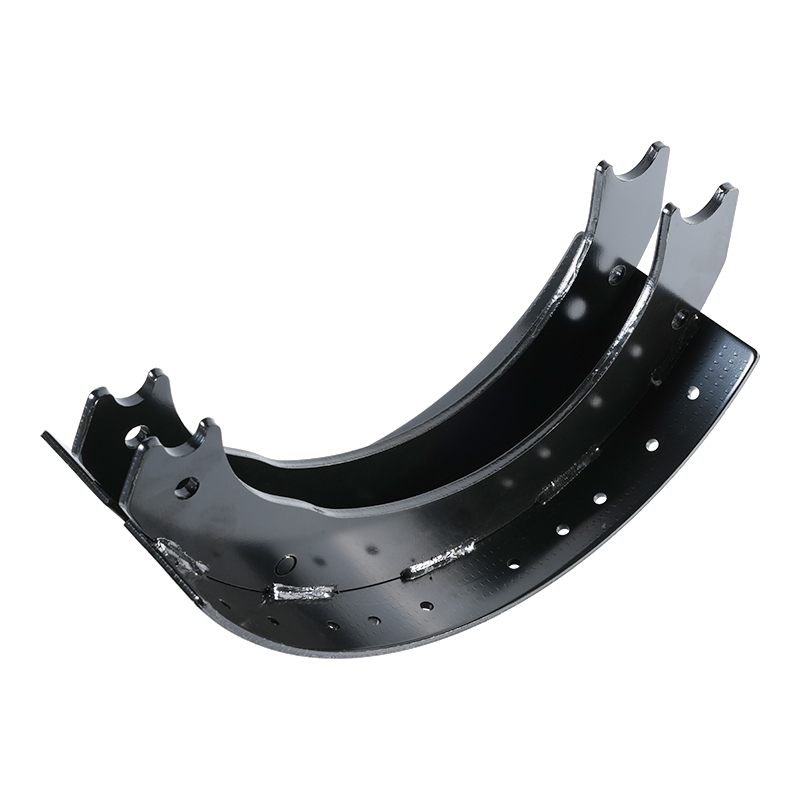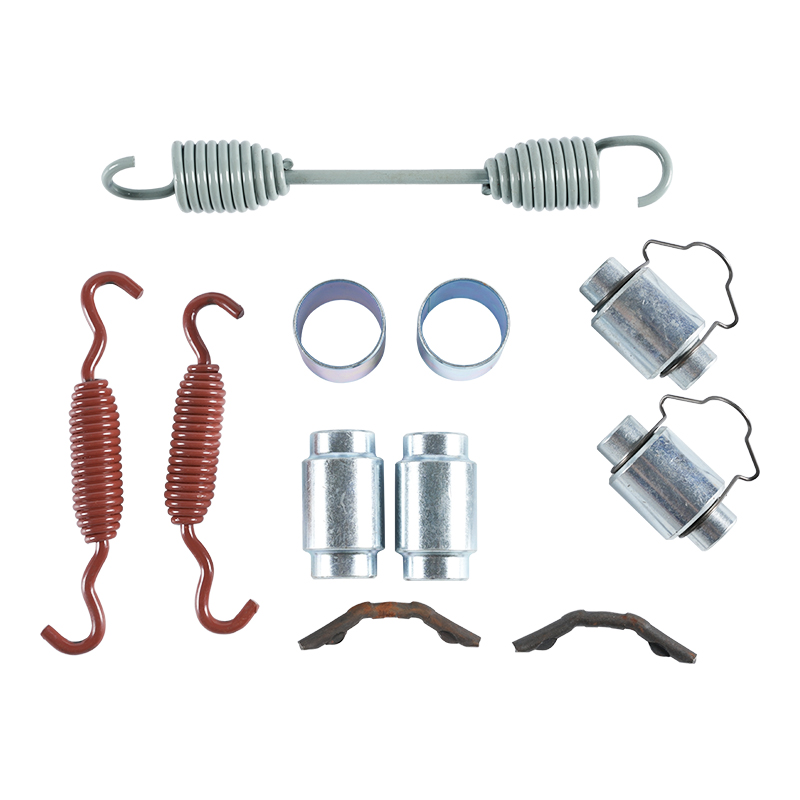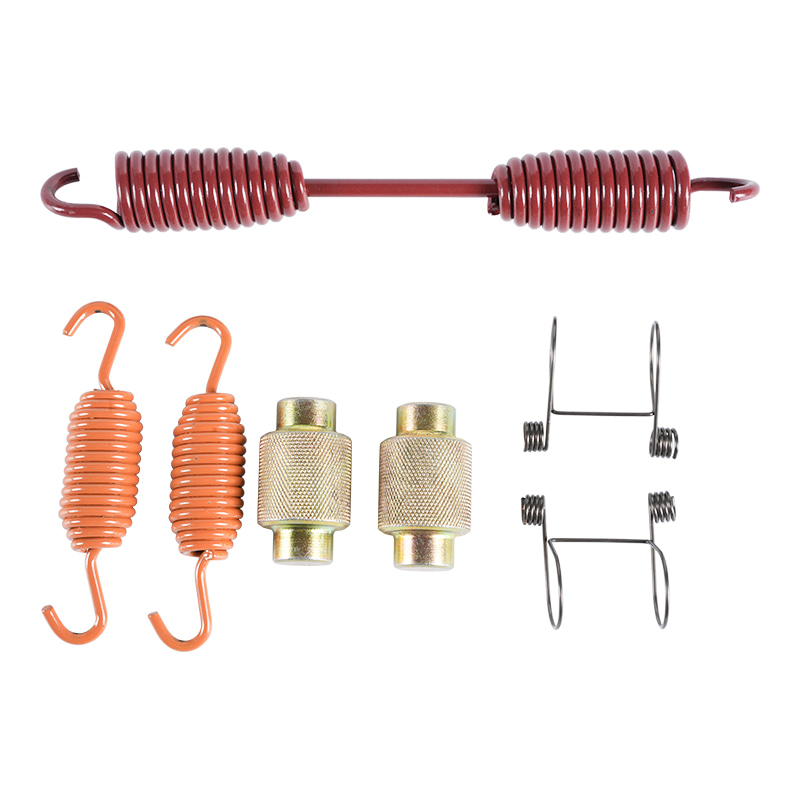The Critical Role and Intricacies of the Brake Shoe Assembly in Drum Brake Systems
 2025.06.23
2025.06.23
 Industry News
Industry News
The brake shoe assembly, a cornerstone of drum brake systems, is a vital component in countless vehicles worldwide, from passenger cars to heavy-duty trucks. While often overshadowed by the more visually prominent disc brake, the drum brake, and specifically its shoe assembly, remains indispensable due to its cost-effectiveness, robust design, and suitability for applications requiring a strong parking brake and reliable stopping power. Understanding the intricacies of this assembly is paramount for mechanics, engineers, and anyone involved in vehicle maintenance and design.
Anatomy of the Brake Shoe Assembly
At its core, the brake shoe assembly is a collection of precisely engineered components that work in concert to convert hydraulic or mechanical force into friction, thereby retarding or stopping the rotation of the wheel. The primary constituents include:
- Brake Shoes: These are crescent-shaped, rigid metal platforms, typically made of steel, onto which the friction material is bonded or riveted. A typical drum brake system employs two shoes per wheel: a primary (leading) shoe and a secondary (trailing) shoe. Their design often incorporates stiffening ribs to prevent distortion under load.
- Friction Material (Lining): This is the consumable element that directly contacts the brake drum. Traditionally made from asbestos, modern linings are formulated from a complex blend of materials including aramid fibers, glass fibers, resins, and various fillers. The composition dictates critical performance characteristics such as coefficient of friction, wear resistance, noise levels, and fade resistance across a range of temperatures and pressures.
- Return Springs (Retracting Springs): These coil springs are crucial for pulling the brake shoes back to their original, disengaged position when the brake pedal is released. They ensure proper clearance between the shoes and the drum, preventing continuous drag and premature wear. There are typically hold-down springs (or guide pins and clips) that keep the shoes pressed against the backing plate.
- Hold-down Springs (Retaining Pins/Cups): These springs, along with their pins and cups, secure the brake shoes against the backing plate while allowing them to pivot and move as needed during braking. They prevent rattling and ensure the shoes remain correctly aligned.
- Self-Adjuster Mechanism: Modern drum brake systems incorporate an automatic self-adjuster. This mechanism compensates for lining wear, maintaining a consistent shoe-to-drum clearance. Common types include star wheel adjusters, which incrementally extend a threaded rod between the shoes, and lever-and-pawl systems that interact with the star wheel.
- Anchor Pin: This fixed pivot point, usually mounted on the backing plate, serves as the fulcrum for the brake shoes. The shoes rest against or pivot around this pin, providing stability and guiding their movement.
- Brake Shoe Levers and Struts (for Parking Brake): For the parking brake function, a lever system is integrated with one of the brake shoes (typically the secondary shoe). When the parking brake cable is pulled, this lever expands the shoes against the drum. A strut often connects the two shoes, assisting in force distribution.
Principles of Operation
When the brake pedal is depressed, hydraulic pressure from the master cylinder is transmitted to the wheel cylinder, located on the backing plate. The pistons within the wheel cylinder push the brake shoes outwards, forcing the friction material against the inner surface of the rotating brake drum. This contact generates friction, which converts the kinetic energy of the vehicle into heat, thereby slowing or stopping the vehicle.
A key characteristic of drum brakes is their "self-energizing" effect. As the primary (leading) shoe makes contact with the rotating drum, the friction itself tends to pull the shoe further into the drum, amplifying the braking force. This effect is then transferred to the secondary (trailing) shoe, contributing to the overall braking efficiency. The degree of self-energization depends on the direction of rotation and the shoe's orientation.
Types and Configurations
While the fundamental principles remain consistent, brake shoe assemblies can vary in configuration:
- Leading/Trailing Shoe Design: The most common setup, with a primary (leading) shoe that experiences greater self-energization and a secondary (trailing) shoe that is less self-energized.
- Dual-Leading Shoe Design: Found in some heavy-duty or performance applications, where both shoes are configured as leading shoes, providing enhanced braking power but potentially less effective in reverse.
- Duo-Servo Design: A highly effective system where the leading shoe's force is transmitted to the trailing shoe via an adjusting link, amplifying the braking force significantly. This design is prevalent in many modern light-duty truck and SUV rear drum brakes.
Materials and Manufacturing
The performance and durability of the brake shoe assembly are heavily dependent on the materials used:
- Brake Shoe Steel: High-strength steel is used for the shoe platform to ensure rigidity and resistance to deformation.
- Friction Material: The choice of friction material is critical. Modern formulations are asbestos-free and categorized as:
- Semi-metallic: Good heat dissipation, but can be noisy and dusty.
- Non-asbestos Organic (NAO): Quieter, less dusty, but may have lower fade resistance at high temperatures.
- Low-metallic NAO: A hybrid offering a balance of performance characteristics.
- Manufacturing involves precise bonding or riveting of the friction material to the shoe, followed by curing processes to ensure adhesion and material integrity.
Maintenance and Common Issues
Proper maintenance of the brake shoe assembly is crucial for safety and optimal performance:
- Regular Inspection: Linings should be inspected for wear, cracks, and contamination (oil, grease). Springs should be checked for fatigue or breakage.
- Adjustment: While self-adjusters automate much of this, manual adjustment may be necessary during service, especially after component replacement.
- Cleaning: Brake dust can accumulate and affect performance; proper cleaning during service is important.
Common issues associated with brake shoe assemblies include:
- Excessive Wear: Can be caused by aggressive driving, dragging brakes, or faulty self-adjusters.
- Noise (Squeal/Grinding): Often due to worn linings, contaminated surfaces, or improper installation.
- Pulling: Uneven braking force between wheels, frequently caused by contaminated linings, seized wheel cylinders, or faulty adjusters.
- Vibration/Pulsation: Can indicate an out-of-round drum or improperly seated shoes.
- Weak Parking Brake: Often due to stretched cables, worn linings, or maladjustment of the parking brake lever system.
Conclusion
The brake shoe assembly, though seemingly simple, is a sophisticated collection of components critical to vehicle safety and performance. Its continued prevalence, particularly in rear braking systems and commercial vehicles, underscores its reliability and effectiveness. A thorough understanding of its design, operation, and maintenance is essential for ensuring safe and efficient braking, highlighting its enduring importance in automotive engineering. As vehicle technology evolves, the fundamental principles of the brake shoe assembly continue to be refined, ensuring its relevance for years to come.


 Eng
Eng  中文简体
中文简体
